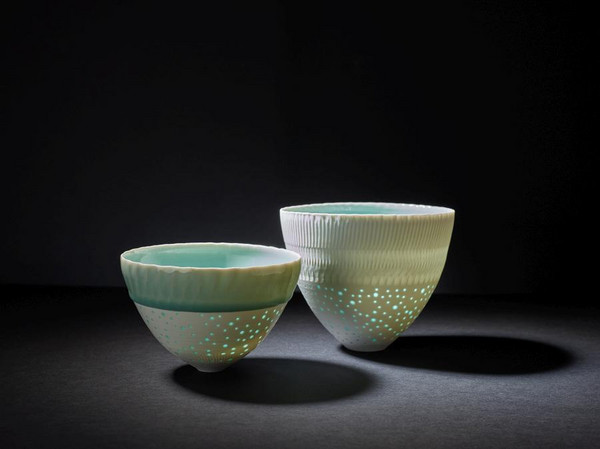A great artist has passed away and a friend.
In his beautiful works he lives on....
In memory of Fritz Rossmann, we would like to review an interview from 2019 about his great passion.
Interview with Fritz Rossmann
Please describe your way from stoneware to porcelain
During my apprenticeship at Wim Mühlendyck from the mid-1970s, I used to throw only with stoneware. We produced Westerwald stoneware with salt glaze - in the very own style of Wim Mühlendyck, but e.g. I also had the opportunity to implement designs by Theodor Bogler, a well-known Bauhaus ceramist who lived in the Benedictine abbey of Maria Laach in the 1920s. During our apprenticeship it was already possible for us to experience a somewhat broader "ceramic horizon" than it was common in many workshops.
I made my first experiences with porcelain at the School for Ceramic Design in Höhr-Grenzhausen at the beginning of the 1980s. I was also supported by Wolf Mattes, who was teaching there at that time. In those days I worked mainly with stoneware, which already looked similar to porcelain due to the glazes I used.
Since the beginning of the 1990s, when I joined the workshop group Grenzhausen, I have continued combining my passion for expressive ceramic vessels with my fascination for porcelain.




